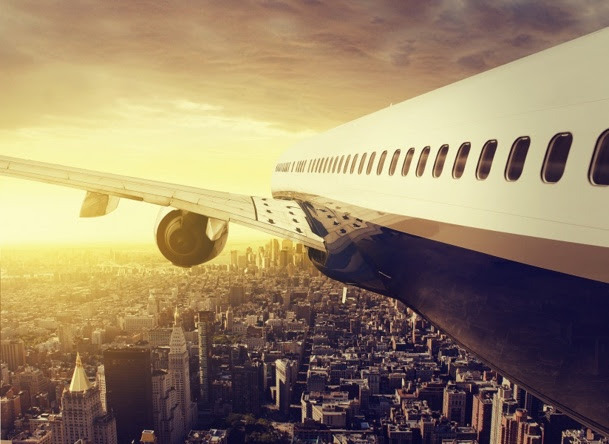
U.S. airlines show numbers that rose sharply in 2013 - DE : © lassedesignen - Fotolia.com
Major U.S. airline companies have published their results for 2013 and they are simply impressive. See for yourself.
The carriers in question are the largest U.S. companies: Alaska Airlines, American Airlines Group, Delta Airlines, Southwest Airlines, United Continental and U.S. Airways. Note that the U.S. Airways and American Airlines accounts are still separate.
In total, these companies have achieved a turnover of 139.326 billion dollars (100.36 billion euros), an increase of 3.8 % compared to 2012. The overall operating profit totaled 9.334 billion dollars (6.72 billion euros) against 4.367 (3.146 billion euros) the previous year, an increase of 114%. As for net income, it amounted to 11.127 billion dollars against a loss of 216 million dollars in 2012.
This is spectacular comeback deserves a closer look.
Let’s first note that the figures are still weighted down by American Airlines, which showed a loss of 1.638 billion dollars (1.18 billion euros). The Texan carrier had already lost 1.876 billion dollars (1.361 billion euros) in 2012.
This proves that the arrogance that this company has demonstrated for years has backfired. To survive, it was placed under the protection of "Chapter 11" before merging with U.S. Airways, a much smaller company to whom it had to hand off management.
The carriers in question are the largest U.S. companies: Alaska Airlines, American Airlines Group, Delta Airlines, Southwest Airlines, United Continental and U.S. Airways. Note that the U.S. Airways and American Airlines accounts are still separate.
In total, these companies have achieved a turnover of 139.326 billion dollars (100.36 billion euros), an increase of 3.8 % compared to 2012. The overall operating profit totaled 9.334 billion dollars (6.72 billion euros) against 4.367 (3.146 billion euros) the previous year, an increase of 114%. As for net income, it amounted to 11.127 billion dollars against a loss of 216 million dollars in 2012.
This is spectacular comeback deserves a closer look.
Let’s first note that the figures are still weighted down by American Airlines, which showed a loss of 1.638 billion dollars (1.18 billion euros). The Texan carrier had already lost 1.876 billion dollars (1.361 billion euros) in 2012.
This proves that the arrogance that this company has demonstrated for years has backfired. To survive, it was placed under the protection of "Chapter 11" before merging with U.S. Airways, a much smaller company to whom it had to hand off management.
Unions are putting on a fight
Moreover, with the notable exception of Alaska Airlines, all major U.S. carriers have been forced to declare bankruptcy and move during the time of restructuring under the "Chapter 11" protection plan.
And restructuring procedures were tenacious and sometimes bloody. They have cost companies up to more than 30% of their employees. The networks were redesigned, the operating systems revamped.
In short, the Americans did what the Europeans will have to do eventually. Except that in Europe we do not have the legal arsenal used by companies to allow such restructuring.
Because it is important to keep in mind that the job cuts required for this endeavor are not easier to achieve in the United States than in Europe or anywhere else in the world. Unions are strongly opposed to any reforms that result in either lower wages or layoffs.
But the "Chapter 11" system allows company managers to protect themselves under it and to plead to a judge the list of suppliers that the company wants to keep paying and those it intends to let go. The first to go are the employees that are not "privileged" in the companies as is the case in the European system of bankruptcy filing.
And restructuring procedures were tenacious and sometimes bloody. They have cost companies up to more than 30% of their employees. The networks were redesigned, the operating systems revamped.
In short, the Americans did what the Europeans will have to do eventually. Except that in Europe we do not have the legal arsenal used by companies to allow such restructuring.
Because it is important to keep in mind that the job cuts required for this endeavor are not easier to achieve in the United States than in Europe or anywhere else in the world. Unions are strongly opposed to any reforms that result in either lower wages or layoffs.
But the "Chapter 11" system allows company managers to protect themselves under it and to plead to a judge the list of suppliers that the company wants to keep paying and those it intends to let go. The first to go are the employees that are not "privileged" in the companies as is the case in the European system of bankruptcy filing.
Aging and fuel hungry fleets
This is how U.S. companies that were almost bloodless just 5 years ago have gotten back in shape.
The most striking example is that of Delta Airlines. The Atlanta carrier was at a low 36th spot. Of course it went through the "Chapter 11," it significantly reduced its number of employees and merged with Northwest Airlines. What’s more, the company recently bought an oil refinery to further reduce its fuel costs.
And results are quite positive. In 2013 it posted a net profit of 10.540 billion to 37.773 billion dollars in sales. Its operating income rose to 9% to (3,400 billion dollars) against 5.9% in 2012. Just in the last trimester, it jumped to $701 million, doubling numbers from the previous year. In other words, all indicators are back in the green.
All other carriers also show a rising operating profit, Alaska Airlines is up to 16.3% and American Airlines has gone from 0.6 % in 2012 to 6.1% in 2013. These impressive results even affect smaller carriers like Jet Blue or Hawaiian Airlines.
What remains problematic is that US fleets are aging and fuel-hungry. Fortunately the price of fuel has remained reasonable which largely explains the good results. So without a doubt, if this "trend" continues, U.S. companies will begin to purchase new devices and, given their size, the orders will be massive. Here's another good news for airline transporters and large and small manufacturers.
And since everything that happens in the USA, comes to Europe around 3 to 5 years later, that should give us hope.
The most striking example is that of Delta Airlines. The Atlanta carrier was at a low 36th spot. Of course it went through the "Chapter 11," it significantly reduced its number of employees and merged with Northwest Airlines. What’s more, the company recently bought an oil refinery to further reduce its fuel costs.
And results are quite positive. In 2013 it posted a net profit of 10.540 billion to 37.773 billion dollars in sales. Its operating income rose to 9% to (3,400 billion dollars) against 5.9% in 2012. Just in the last trimester, it jumped to $701 million, doubling numbers from the previous year. In other words, all indicators are back in the green.
All other carriers also show a rising operating profit, Alaska Airlines is up to 16.3% and American Airlines has gone from 0.6 % in 2012 to 6.1% in 2013. These impressive results even affect smaller carriers like Jet Blue or Hawaiian Airlines.
What remains problematic is that US fleets are aging and fuel-hungry. Fortunately the price of fuel has remained reasonable which largely explains the good results. So without a doubt, if this "trend" continues, U.S. companies will begin to purchase new devices and, given their size, the orders will be massive. Here's another good news for airline transporters and large and small manufacturers.
And since everything that happens in the USA, comes to Europe around 3 to 5 years later, that should give us hope.

Jean-Louis Baroux, is the former president of APG (Air Promotion Group) and the creator of the CAF (Cannes Airlines Forum) which became the World Air Forum.
Air Transportation Specialist, he signed at L'Archipel Publishers ''Compagnies Aériennes: la faillite du modèle” [“Airlines: A Bankruptcy Model” – translator’s note], a book that all tourism professionals should have read.
The copyrights will be donated to charity. It can be purchased at: www.editionsarchipel.com
Air Transportation Specialist, he signed at L'Archipel Publishers ''Compagnies Aériennes: la faillite du modèle” [“Airlines: A Bankruptcy Model” – translator’s note], a book that all tourism professionals should have read.
The copyrights will be donated to charity. It can be purchased at: www.editionsarchipel.com






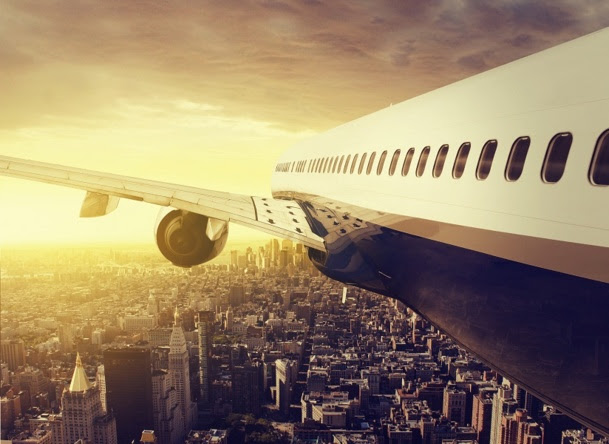











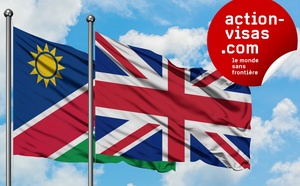
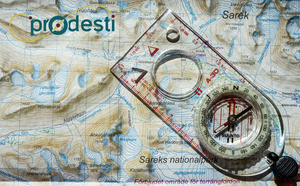






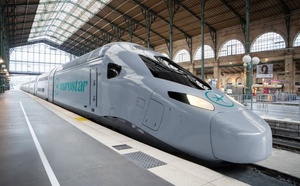



![De Bob Dylan à la K-pop : la musique, moteur du tourisme mondial [ABO] De Bob Dylan à la K-pop : la musique, moteur du tourisme mondial [ABO]](https://www.tourmag.com/photo/art/large_16_9/92356323-64785131.jpg?v=1762439573)















